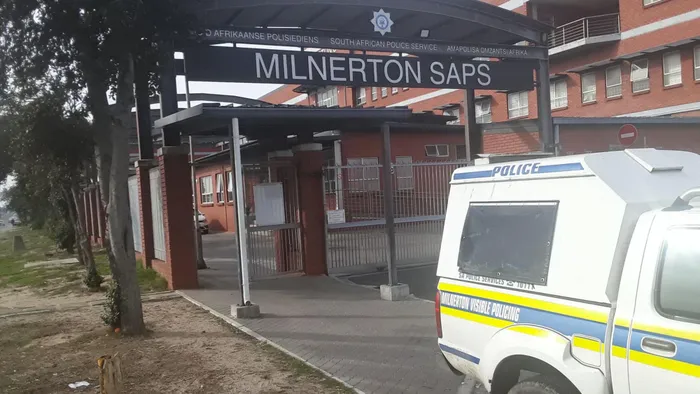Violent robberies shoot up

Robberies with aggravating circumstances have increased by 26%, from 103 to 130 cases, in Milnerton
Violent robberies have seen a marked increase in the Milnerton, Table View and Bothasig police precincts, according to the latest crime statistics.
Released by Police Minister Bheki Cele on Friday August 19, the statistics look at crimes reported from April 1 to the end of June.
Compared to the same period last year, robberies with aggravating circumstances increased by 26%, from 103 to 130 cases, in Milnerton; 22%, from 10 to 16 cases, in Bothasig; and 5.5%, from 55 to 58 cases, in Table View.
Robbery with aggravating circumstances is where a deadly weapon is used and serious harm is inflicted on the victim.
Murders in Table View increased from three to eight cases, but dropped from 14 to 13 cases in Milnerton.
Rapes dropped from 20 to 19 cases in Milnerton and from 12 to 10 cases in Table View. Bothasig and Melkbosstrand stayed steady with three cases and one case, respectively.
Burglaries at residential premises increased 21%, from 84 to 102 cases, in Table View and 62%, from 42 to 68 cases, in Milnerton. They were down 22%, from 45 to 35 cases, in Bothasig and up, from one to four cases, in Melkbosstrand.
Drug-related crimes increased 43%, from 14 to 20 cases, in Bothasig, but they were down 29.4%, from 204 to 144 cases, in Milnerton, and by 47.5%, from 181 to 95 cases, in Table View. Drug-related crimes increased from one to four cases in Melkbosstrand.
Commercial crimes increased 58%, from 26 to 41 cases, in Bothasig; 9.3%, from 151 to 165 cases, in Table View; 20%, from 132 to 158 cases, in Milnerton and 64%, from 11 to 18 cases, in Melkbosstrand.
Greater Table View Action Forum chairwoman Karen Davis said the statistics reflected “an ineffective police station, disinterested SAPS members, no proper oversight on SAPS, increase in vagrancy and general ‘unloved’ feeling about Table View. The broken window theory is alive and well in our suburbs, sadly”.
Milnerton Central Ratepayers’ Association secretary Liete van der Eems said the problem crimes in central Milnerton were mostly opportunistic theft, burglaries and robberies.
“As a community, our focus should be on crime prevention,” she said.
“The Milnerton Central Neighbourhood Watch has done exceptional work in this regard through active patrolling, visibility patrols and by working closely with local security authorities, SAPS and other community safety structures.
“Safety is everyone’s responsibility, and if we’re to successfully combat crime, we need all role-players, public and private, along with our communities, neighbourhood watches and CPFs to be actively involved.”
She said there was a “systematic deterioration and mismanagement” in the national police office, which had left stations strained and under-resourced.
“Milnerton cluster is, unfortunately, not an exception and also has severe resource constraints,” Ms Van der Eems said.
“Looking at the statistics from a broader perspective, one thing is clear: the role of provincial, local and community safety structures has never been more important in combating crime and keeping our communities safe.”
She said the Law Enforcement Advancement Plan (LEAP) had had a positive impact as supplementary officers were helping police lower the number of serious crimes on the Cape Flats.
Melkbosstrand Ratepayers’ Association chairwoman Smokie la Grange said that to the best of her knowledge Melkbosstrand was a low-crime area but abalone poaching was a big problem.
“Every night, we have poachers in our waters, and the Marine Unit is so under-resourced they simply cannot cope,” she said.
Mayor Geordin Hill-Lewis and Premier Alan Winde said in a joint statement that the crime data - particularly as it relates to murders on Cape Flats ganglands - backed their calls to Mr Cele to empower local metro police and law enforcement officers by devolving national policing powers to the province.
Milnerton and Table View police previously said they do not comment on statistics released by their national office.